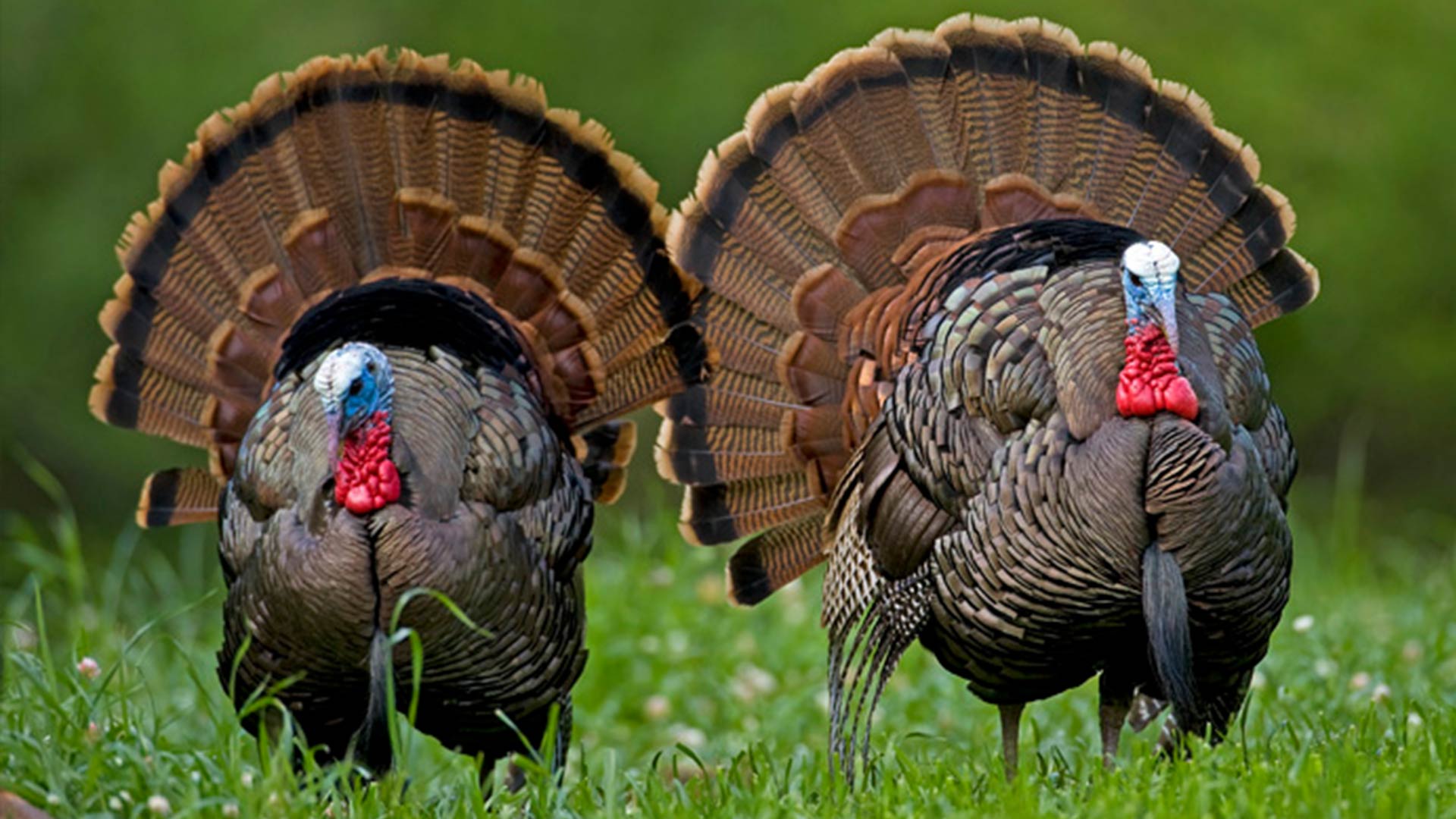In the pre-settlement days some 10 million turkeys roamed the eastern region of what is now the United States. The big birds played a key role in the physical and spiritual well being of our country’s early inhabitants.
Turkeys were a major food source of American Indians, though some tribes, including the Cheyenne and Apache, reportedly would not eat the fowl. Many tribes used turkey feathers to make robes, blankets and fletching for hunting arrows. Native American hunters sometimes tipped their arrows with the sharp spurs of old gobblers. Tools were carved out of turkey bones. Indians learned to yelp through the small wing bones of turkeys to call other turkeys into bow range.

When Europeans arrived in the New World, they found wild turkeys in parts of what are now 39 states. Early settlers wrote, “flocks of hundreds and thousands of the fowl.” Unlike today’s wild turkeys, those early birds were apparently unwary and easy to approach. The settlers were struck by the “turkey cock’s” splendid gobbling and fan-tailed strutting during the spring courtship period.
Turkeys were a major food source for settlers who spread out across the vast, wild country. As pioneers pushed west and cut and cleared virgin forests, the turkey’s habitat changed and disappeared. In the late 1700s the birds were exposed to heavy market hunting (some historical reports mention that hens sold for 6 cents apiece while big gobblers brought a quarter at game markets). It all spelled doom for turkeys. By the mid-1800s the big bird had been eliminated from nearly half of its original range.
In the early 1900s, only around 30,000 turkeys remained. But around 1920, things began to change for the better. Millions of acres cleared by pioneers began to regenerate into woodlands. Some visionary leaders began to write and enact conservation laws, like the Federal Aid in Restoration Act. The groundwork was laid for the remarkable comeback of the American turkey.
During the last 75 years, state and federal wildlife agencies, funded by sportsmen’s dollars, have spent hundreds of millions on habitat-improvement and turkey trap-and-transplant projects. Over the past three decades the National Wild Turkey Federation and its partners have chipped in with more than $258 million to conserve more than 13 million acres of wildlife habitat.
The result has been one of the most impressive conservation achievements on record. The wild turkey has not only been restored throughout its original range, but it has also been introduced into many other regions. Today, some 7 million big birds roam 49 states (all except Alaska); they are well established in Ontario, Canada, too. The NWTF has opened a chapter in Mexico. Even though loss of habitat and other environmental factors remain causes for concern, turkey populations will continue to stabilize and grow well into the 21st century.